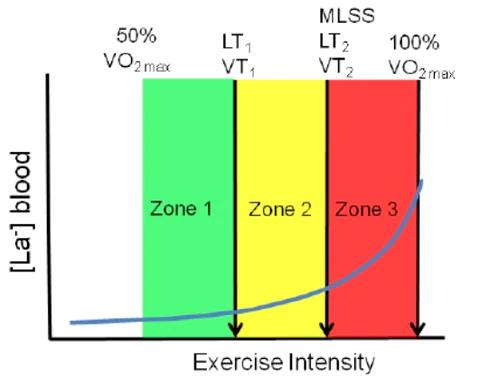Polarization training has gained popularity in recent years as a way to improve running performance. The concept behind polarization training is simple: it involves dividing your training into two main types of workouts – low-intensity and high-intensity – to achieve a specific training effect.

In running, polarization training involves running at either a very low intensity or a very high intensity, with little to no training at moderate intensity. The goal of this type of training is to improve endurance, speed, and overall performance by focusing on two specific training zones.
Low-intensity training is performed at a pace that is comfortable and sustainable for a long period of time. This is typically around 60-70% of maximum heart rate or at a conversational pace. The purpose of low-intensity training is to build endurance, increase the body’s ability to burn fat for fuel, and aid recovery after high-intensity workouts.
High-intensity training, on the other hand, involves running at a pace that is close to or at maximum effort. This can be achieved through interval training, hill repeats, or tempo runs. High-intensity workouts are typically shorter in duration but require maximum effort and focus. The purpose of high-intensity training is to improve speed, power, and overall fitness.

The idea behind polarization training is that by focusing on these two distinct training zones, you can maximize your training adaptations and achieve greater improvements in running performance. By avoiding moderate-intensity workouts, you can prevent the body from becoming stuck in a training plateau and instead encourage it to adapt and improve.
Research studies have suggested that polarization training can be an effective way to improve running performance. A 2013 study published in the International Journal of Sports Physiology and Performance found that polarization training led to significant improvements in running economy, speed, and endurance in trained runners.
Another study published in the Scandinavian Journal of Medicine and Science in Sports found that polarization training was more effective than traditional threshold training for improving running performance in well-trained distance runners.

If you’re interested in trying polarization training for running, it’s important to work with a qualified running coach or personal trainer to develop a training plan that is appropriate for your fitness level and goals. You may also want to incorporate other types of training, such as strength training and flexibility work, to ensure a well-rounded training program.
Polarization training is a unique and effective way to improve running performance by focusing on low-intensity and high-intensity training. By avoiding moderate-intensity workouts and instead targeting specific training zones, runners can achieve greater improvements in speed, endurance, and overall fitness. With the guidance of a qualified coach or trainer, polarization training can be a valuable addition to any runner’s training program.
